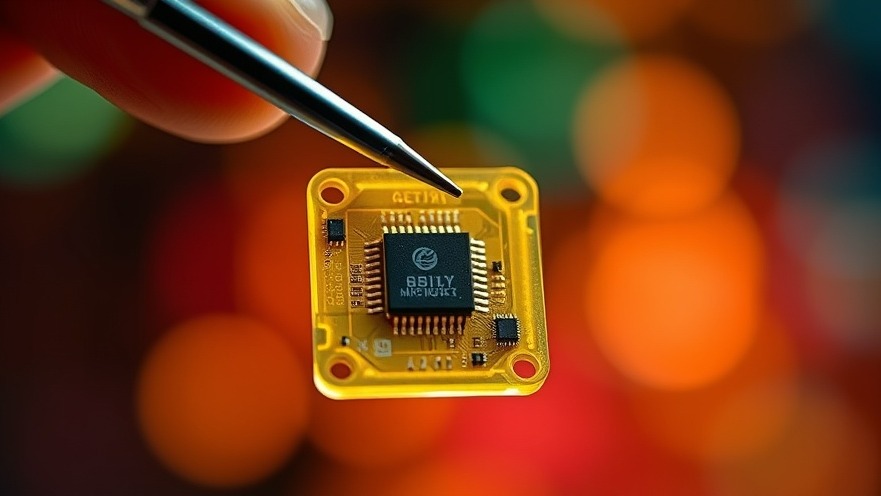
Revolutionizing Health Monitoring: The Seafood Connection
Imagine turning the discarded shells of shrimp and crab into cutting-edge technology that can monitor your health. Thanks to recent innovations, this is no longer just a dream; it’s becoming a reality. Seafood waste, often seen as a nuisance or environmental burden, has emerged as a remarkable resource for developing sustainable wearable health sensors. These biodegradable devices can potentially revolutionize how health data is collected, monitored, and analyzed.
Sustainability Meets Technology
The journey of creating wearable health sensors from marine byproducts underscores the intersection of sustainability and technology. The primary ingredient in these innovative sensors is chitin, a natural polymer found in the exoskeletons of crustaceans. Not only is chitin plentiful and renewable, but it also boasts impressive biocompatibility, making it an ideal candidate for health-related applications.
The sensors made from chitin can monitor various health parameters, such as temperature, hydration, and even glucose levels. For concierge health practitioners who prioritize patient well-being, incorporating such environmentally friendly solutions can enhance the care they provide. Utilizing biodegradable sensors not only supports ecological health but also aligns with the growing demand for sustainable practices in healthcare.
Addressing Health Needs
The potential applications of these wearable sensors are vast. For patients with chronic conditions like diabetes, continuous monitoring of glucose levels is crucial. Traditionally, this has required invasive methods, often causing discomfort. However, sensors made from seafood waste could provide less intrusive and more comfortable alternatives. These devices can communicate vital data in real time, enabling healthcare providers to make informed decisions without subjecting patients to uncomfortable testing procedures.
Environmental Impact: A Win-Win Solution
Implementing seafood waste in technology isn’t just a health boon; it has significant environmental benefits, too. The seafood industry generates a substantial amount of waste, which can lead to pollution and unsustainable practices when not managed properly. Innovating uses for this refuse contributes to a circular economy, reducing the load on landfills and minimizing ecological damage.
Future Trends in Wearable Health Tech
Looking ahead, the trend to integrate natural materials like chitin in wearables is set to grow. With advancements in technology, these health sensors can evolve rapidly, providing enhanced capabilities and functionalities. We may soon see an era where patients prefer eco-friendly options that do not compromise on performance, further fostering a culture of sustainability in healthcare.
Engaging Patients with Technology
For concierge health practitioners, utilizing these innovative health sensors can open new avenues for patient engagement. Imagine being able to send reminders and alerts based on real-time health data collected by these wearable devices. This not only enhances communication but also empowers patients in their health management journey. By incorporating these technologies, practitioners can create personalized healthcare experiences that resonate more deeply with patients.
Conclusion
As health technology continues to evolve, being aware of how sustainable practices can integrate into patient care becomes essential. The rise of wearable health sensors made from seafood waste indicates a shift not only in how we perceive medical devices but also in how we approach environmental responsibility within the healthcare industry. This innovation is a step toward a more holistic and patient-centric healthcare landscape.
 Add Row
Add Row  Add
Add 




Write A Comment